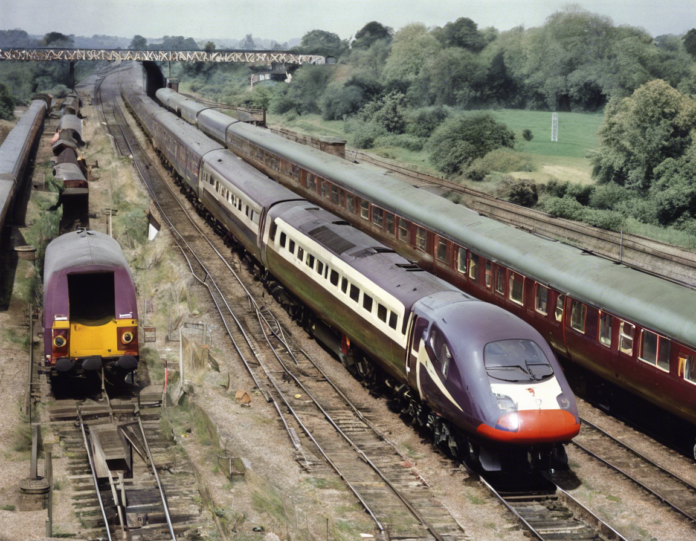South Eastern Railways play a vital role in connecting various regions in India. From Kolkata in West Bengal to parts of Jharkhand, Bihar, and Odisha, South Eastern Railways serve as a lifeline for many commuters and businesses. Staying updated with South Eastern Railways news is essential for passengers, stakeholders, and anyone interested in the development of the region’s transportation infrastructure. In this comprehensive guide, we will delve into various aspects of South Eastern Railways, from its history to the latest developments, to help you stay informed.
History of South Eastern Railways
Established in 1955, South Eastern Railways has a rich history of connecting important cities and towns in eastern India. The zone operates under the Ministry of Railways and has its headquarters in Garden Reach, Kolkata. Over the years, South Eastern Railways has played a key role in the economic and social development of the regions it serves.
Key Routes and Stations
South Eastern Railways cover a vast network of tracks that connect major cities like Kolkata, Ranchi, Jamshedpur, and Bokaro Steel City. Some of the key stations under the purview of South Eastern Railways include Howrah Junction, Shalimar, Tatanagar Junction, and Kharagpur. These stations serve as important junctions for both passenger and freight trains, contributing significantly to the transport of goods and passengers.
Recent Developments
In recent years, South Eastern Railways has undertaken various infrastructure development projects to enhance connectivity and ensure the safety and comfort of passengers. The introduction of new train services, the modernization of stations, and the adoption of digital technologies for ticketing and passenger information are some of the notable developments within the zone.
Challenges and Opportunities
Like any other railway network, South Eastern Railways face challenges such as ensuring punctuality, upgrading aging infrastructure, and enhancing safety measures. However, these challenges also present opportunities for growth and innovation. By investing in modern technologies, improving intermodal connectivity, and prioritizing passenger experience, South Eastern Railways can overcome challenges and emerge as a model railway zone.
Future Outlook
Looking ahead, South Eastern Railways are poised for further growth and expansion. With the government’s focus on infrastructure development and the introduction of high-speed trains, the zone is likely to witness significant progress in the coming years. By leveraging smart technologies, promoting sustainability, and collaborating with stakeholders, South Eastern Railways can meet the evolving needs of passengers and contribute to the region’s overall development.
FAQs about South Eastern Railways
- What are the major routes covered by South Eastern Railways?
-
South Eastern Railways cover routes connecting Kolkata to destinations in Jharkhand, Bihar, and Odisha.
-
How can I stay updated with South Eastern Railways news?
-
You can follow official South Eastern Railways websites, social media accounts, or subscribe to newsletters for regular updates.
-
Are there any upcoming projects or initiatives by South Eastern Railways?
-
Yes, South Eastern Railways are undertaking various projects to improve infrastructure, enhance passenger experience, and boost connectivity.
-
What are the safety measures adopted by South Eastern Railways?
-
South Eastern Railways have implemented safety protocols, regular maintenance checks, and staff training to ensure passenger safety.
-
How can I book tickets for South Eastern Railway trains?
- Tickets for South Eastern Railway trains can be booked online through official websites, mobile apps, or at railway stations.
In conclusion, staying informed about South Eastern Railways news is crucial for passengers, policymakers, and enthusiasts interested in the region’s railway network. By keeping abreast of developments, challenges, and opportunities within the zone, one can appreciate the significance of railways in fostering connectivity, economic growth, and social cohesion in eastern India.












